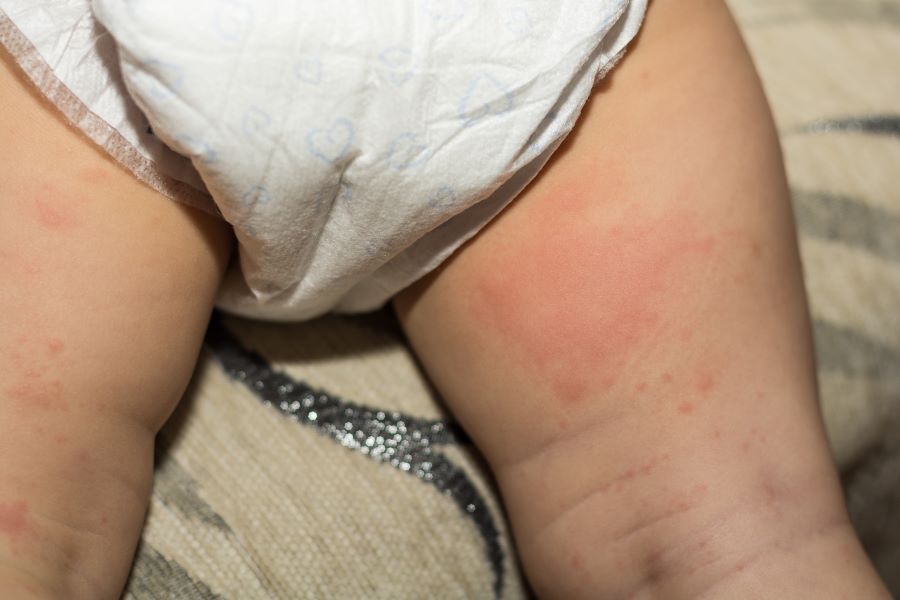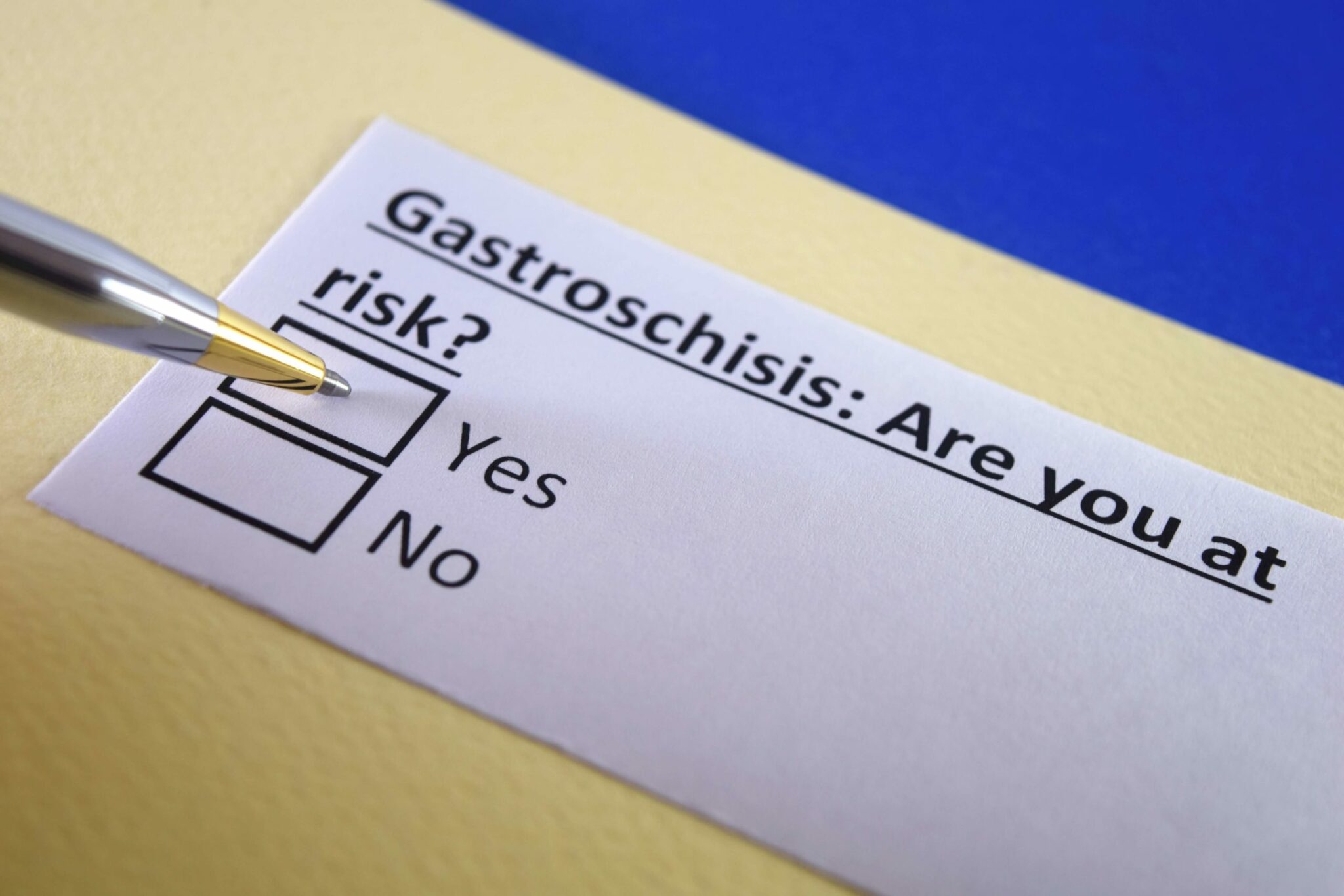Tricks for Treating Diaper Rash


Diaper rash is an unfortunately common skin problem that bothers most babies at one point or another. Signs your baby may have diaper rash include red, shiny-appearing skin in the areas where your baby’s bottom becomes wet from wearing a diaper. Sometimes the rash may appear to be scaly or like little pimples. Areas commonly affected include the buttocks, thighs, and genitals. A baby with a diaper rash might protest diaper changes, cry when you touch-sensitive areas of skin to change his or her diaper, or may not seem to notice at all.
Common causes of diaper rash include:
- Chafed skin from rubbing against diapers
- Diapers that are too tight
- Exposure to diarrhea or soft stool
- Frequently wet skin or skin left in contact for too long with a wet diaper; for example, a baby who soaked a diaper overnight, then slept
- Reaction to soaps or detergent used to clean diapers made from cloth
- Sensitive skin
- Fungal infection with the Candida albicans organism, or a yeast infection
- Bacterial skin infections (a rare cause of diaper rash)
In addition, once solids are introduced into the diet, diaper rash can become more common. As the stool changes, so can the skin’s reaction to the stool, leading to a rash.
Treating diaper rash
The goals for treating diaper rash are to keep your baby’s bottom as clean and dry as possible. As soon as you notice your baby’s diaper is wet or soiled, change the diaper to keep the skin dry. Letting your baby’s skin “breathe” by leaving the diaper off for a while is another option — just be sure to have waterproof sheets or other waterproof coverings underneath your baby.
A variety of over-the-counter treatments are available to treat diaper rash. The most commonly used options contain either zinc oxide or petroleum jelly. Both ingredients provide a protective covering over skin, decreasing contact with urine or stool, and can help reduce mild irritation.
Zinc oxide is a staple in diaper rash treatment. It is produced from a white, inorganic powder that can’t be dissolved in water, so it provides excellent protection against irritating moisture. Zinc oxide is available in various cream formulations and has recently been introduced as a spray formulation as well, which can be applied to an affected area without any painful contact.
When applying a diaper rash ointment, follow these tips:
- Make sure the area is dry and clean. You don’t want to apply cream to a wet area — it will seal in the moisture and potentially worsen the rash.
- Thickly coat the area but don’t rub in creams or sprays. The idea is to create a moisture-proof barrier, not to rub it into the skin. Imagine you’re icing a cake.
- Reapply a top layer after each diaper change.
- Non-recommended treatments
While it can be tempting to use talc powders to try and dry up the moisture in your baby’s diaper area, you’ll want to avoid using talc or talcum powder. Your baby can easily inhale the powder, which can negatively affect breathing.
Other treatments to avoid include:
- Corn starch, which does not create a protective barrier over baby’s skin
- Wipes that contain alcohol, which can dry baby’s skin
- Wipes that contain perfumes, which can irritate baby’s skin
- Vitamin A-containing creams, as these have not been shown to reduce diaper rash
- When to visit the pediatrician
Diaper rashes can look bad pretty quickly, but the majority of cases can easily be treated at home with good diapering and a thick coat of over-the-counter medications. Exceptions always exist, however. If you have tried to treat the rash at home, yet symptoms have lasted more than a week, if the rash gets worse instead of better, or if the rash follows a course of antibiotics, it’s time to see your pediatrician.
You should also watch your baby for signs of infection above and beyond the typical mild red diaper rash. These include:
- Bleeding, itching, or oozing
- Fever
- Large blisters or sores that are more than one inch across in size
- A rash that is spreading beyond the diaper area
- Seems to cause your baby burning or pain with urination or a bowel movement, despite a thick layer of barrier cream
- Your baby cannot sleep due to the rash
If your child’s pediatrician suspects a Candida-related rash, the doctor can prescribe a stronger, yeast-fighting ointment. Rarely, oral medications may be needed.
Sources:
- Boston Children’s Hospital
- Diaper Rash in Children.
Kids Health - Diaper Rash.
Mayo Clinic - Diaper Rash
- MedlinePlus. Diaper Rash.
MedScape. Diaper Rash Treatment & Management.
Powered by Bundoo®










































